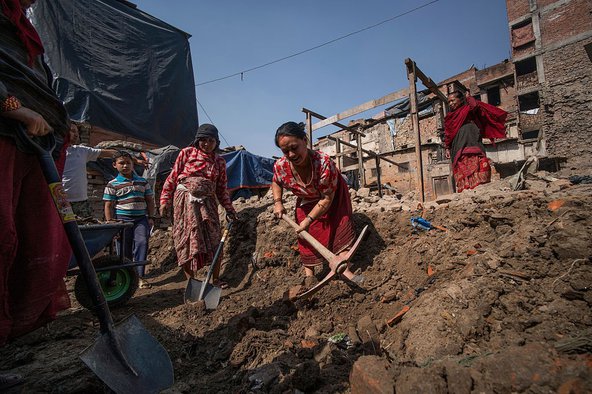Navigating Earthquake Response and Recovery: A Comprehensive Guide
Following an earthquake, you may feel aftershocks. Aftershocks are smaller earthquakes that occur following a major earthquake. These can occur minutes, days, weeks, or even months following an earthquake.
If you experience an aftershock, drop, cover, and hold on. 
One of the most powerful and unpredictable natural phenomena, earthquakes cause havoc and disruption in their wake. An earthquake necessitates a coordinated and comprehensive response beyond the immediate pandemonium of trembling ground and crumbling structures. To help readers navigate the complexities of earthquake response, recovery, and resilience-building, this essay covers a wide range of topics, including long-term recovery strategies, community support networks, damage assessment, immediate safety protocols, and building resilience against future seismic events.
Quick Reaction: Safety First and Hazard Mitigation
Making snap judgments can make the difference between life and death as the ground starts to tremor. The "Drop, Cover, and Hold On" procedure is the cornerstone of earthquake safety. People need to quickly fall on the ground, hide behind solid furniture or against an interior wall, and hang on until the shaking stops, whether they are outside or indoors. This straightforward but essential step reduces the possibility of accidents caused by falling objects or collapsing buildings.
After the shaking stops, attention turns to determining injuries and reducing risks. People should examine others and themselves for wounds, providing basic first aid as necessary. Severe injuries should be taken to the hospital right away. At the same time, one must be alert to spot and take care of possible risks including gas leaks, electrical hazards, and structural damage.
Gas leaks are dangerous because they can cause an explosion or fire. People need to take immediate action to turn off the gas supply and leave the area if they detect a gas leak. Electrical risks should be reported to the appropriate authorities and avoided until they are declared safe. These risks include exposed cables and faulty electrical appliances. Before reentering a building, road, or bridge that has structural damage, competent personnel should check the structure to assess the risk of collapse or additional damage.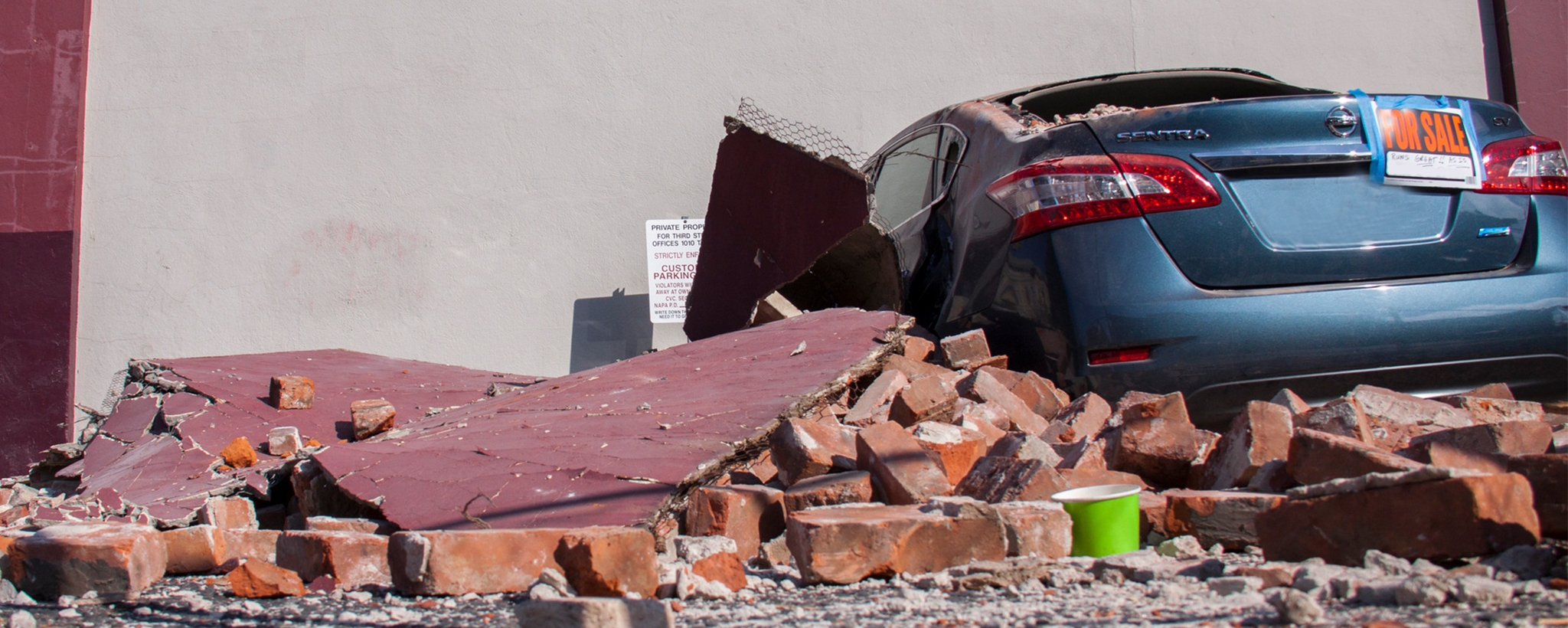
Communication in the Face of Chaos
After an earthquake, efficient communication is essential for people to stay in touch with loved ones, plan rescue operations, and obtain important information. The usage of alternate techniques, however, may be required in the event that communication networks are overloaded or interrupted. When more conventional methods of communication are ineffective, text messaging, social media, two-way radios, and community bulletin boards can be useful conduits for information.
In order to coordinate response activities and distribute information, local authorities and emergency services are essential. It is imperative that you heed their directives and stay informed via official means, including government websites, mobile apps, and emergency broadcasts. Working together with community-based initiatives, relief organizations, and rescue teams guarantees a more coordinated approach to recovery and increases the effectiveness of response activities.
Recording Damage and Requesting Help
When the immediate crisis passes, focus shifts to determining and recording the extent of the damage. Accurate record-keeping of injuries, personal property, and damage is essential for filing insurance claims, obtaining aid, and guiding rehabilitation initiatives. Accurate damage documentation can be aided by written explanations, videos, and photos.
Organizations both governmental and non-governmental offer support to people and communities struck by earthquakes. This could involve providing makeshift shelters, distributing food and water, offering medical attention, and providing funding for reconstruction projects. Effectively obtaining aid requires an understanding of the resources that are accessible as well as the eligibility requirements.
For people impacted by earthquakes, community support networks are essential in providing both short-term and long-term help. To address the needs of impacted areas, volunteer organizations, food distribution centers, shelters, and faith-based organizations mobilize labor and resources. Communities may survive and recover from the effects of earthquakes more successfully when there is mutual aid and solidarity among members, as these factors enhance social cohesiveness and resilience.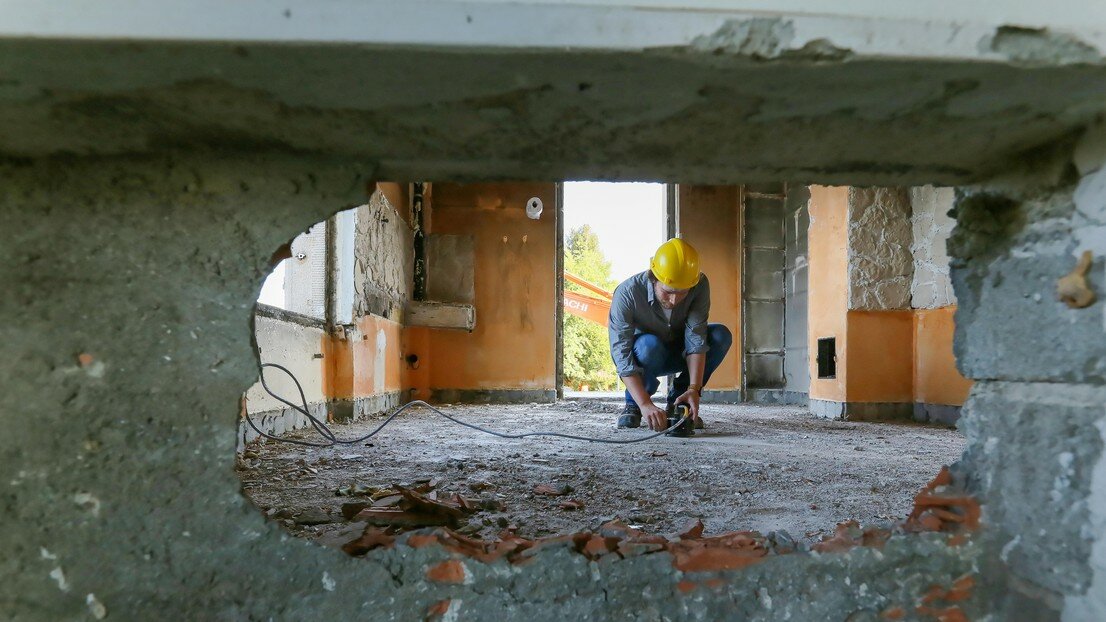
Long-Term Healing and Building Resilience
While quick response initiatives take care of pressing issues, long-term rehabilitation and resilience-building are crucial for community reconstruction and lowering earthquake susceptibility in the future. A multifaceted strategy including legislation changes, infrastructure upgrades, community involvement, and capacity-building programs is needed for this.
Reducing the likelihood of damage and collapse during earthquakes requires strengthening building codes and upgrading existing structures. Buildings and infrastructure can be made more resilient by seismic retrofitting methods include installing shear walls, fortifying foundations, and fastening non-structural components.
Planning for disasters is another crucial component of long-term resilience building. This include risk assessment and mitigation, emergency response plan development, and community capacity building to prevent, respond to, and recover from earthquakes and other disasters. Initiatives for community-based disaster preparedness provide people and communities the ability to take preventative action to safeguard lives and livelihoods.
Promoting resilience and readiness for earthquakes is greatly aided by education and awareness initiatives. Awareness of earthquake dangers, safety precautions, and mitigation strategies is increased through community seminars, school-based education initiatives, and public outreach campaigns. Education programs help create more resilient communities by empowering people with information and skills and encouraging a culture of readiness.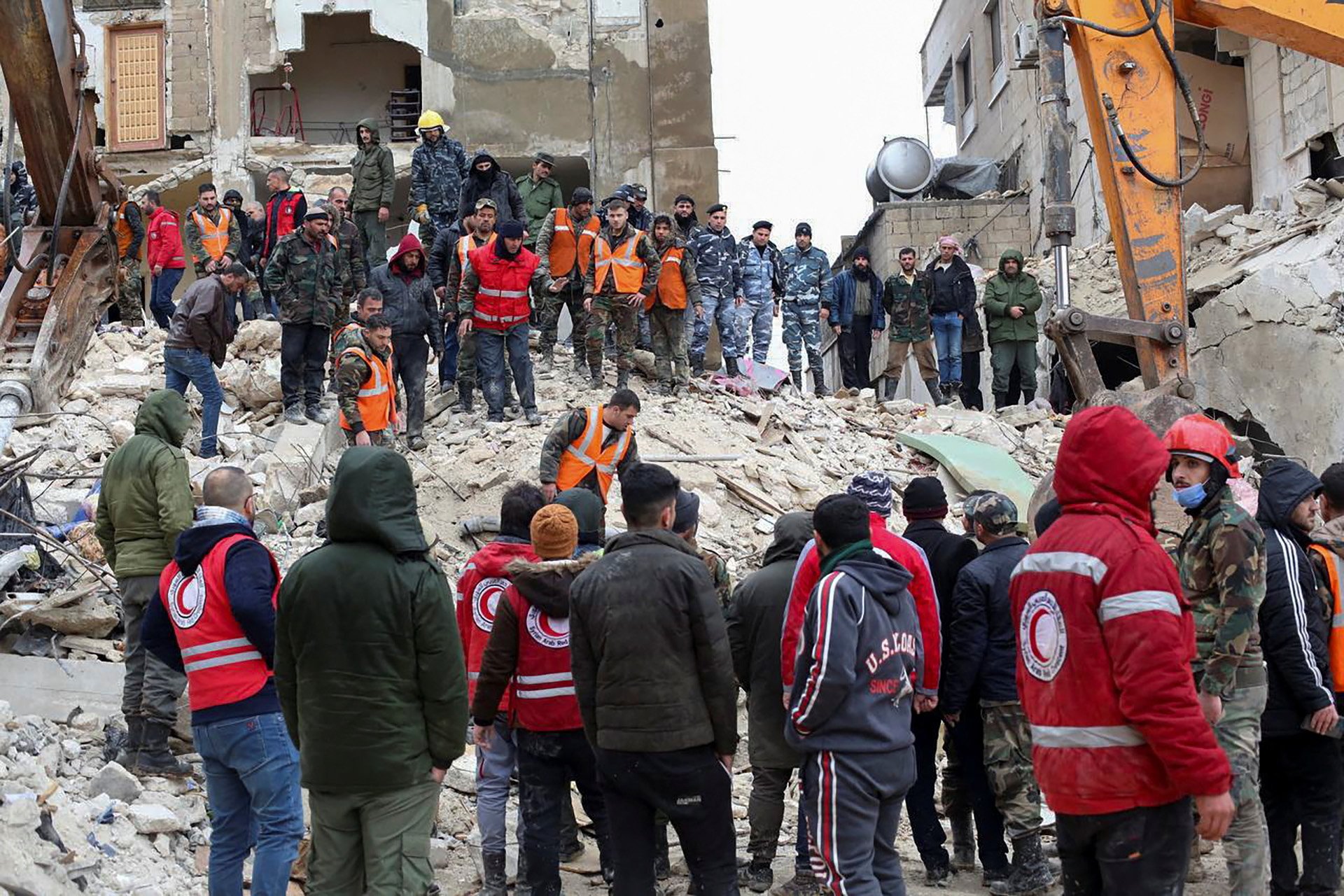
Psychological Health and Reconstruction from Trauma
Following an earthquake, mental and emotional health as well as physical infrastructure are negatively impacted. Following a disaster, many people suffer from trauma, anxiety, bereavement, or post-traumatic stress disorder (PTSD). Providing mental health support and attending to psychological needs are crucial aspects of earthquake recovery initiatives.
Having access to therapy, support groups, and mental health services is essential for people dealing with emotional pain and trauma. Programs for psychosocial assistance, such as peer support groups and community-based projects, offer chances for recovery and resilience-building. In order to effectively address psychological needs, culturally sensitive techniques that respect local norms, beliefs, and traditions are necessary.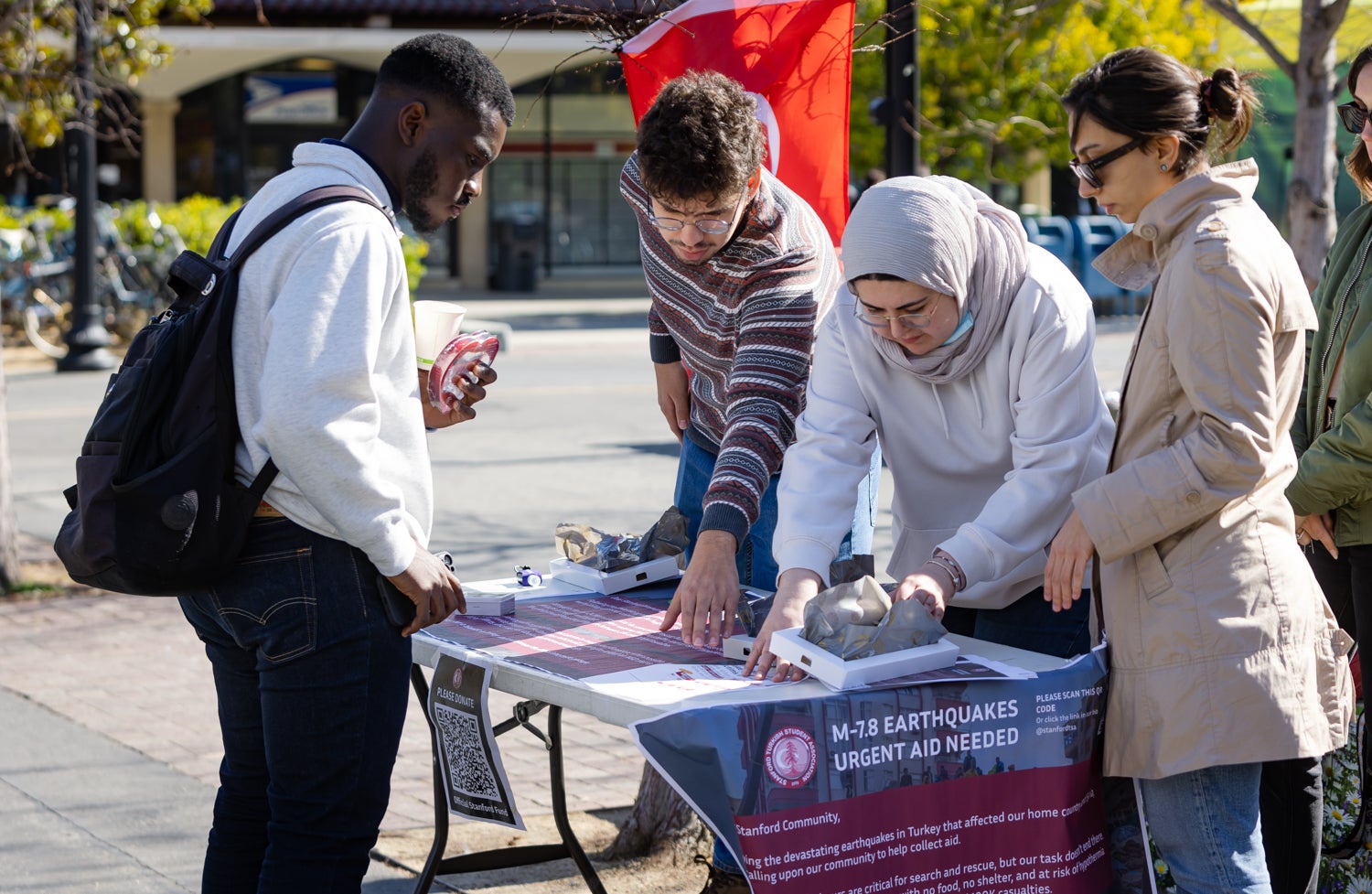
Moving Forward with Unity and Resilience
Following an earthquake, a thorough and well-coordinated response is required, including quick safety precautions, efficient communication, damage assessment, community support networks, long-term recovery plans, and resilience-building activities. People and communities may respond resiliently and together to the challenges presented by earthquakes by putting safety first, promoting community solidarity, getting help when needed, and making long-term preparation and recovery investments. Even though earthquakes cause destruction, they can also be chances for development, revitalization, and the fortification of community relationships. Through collaborative efforts and the use of historical knowledge, we can construct a future that is more earthquake-resistant.